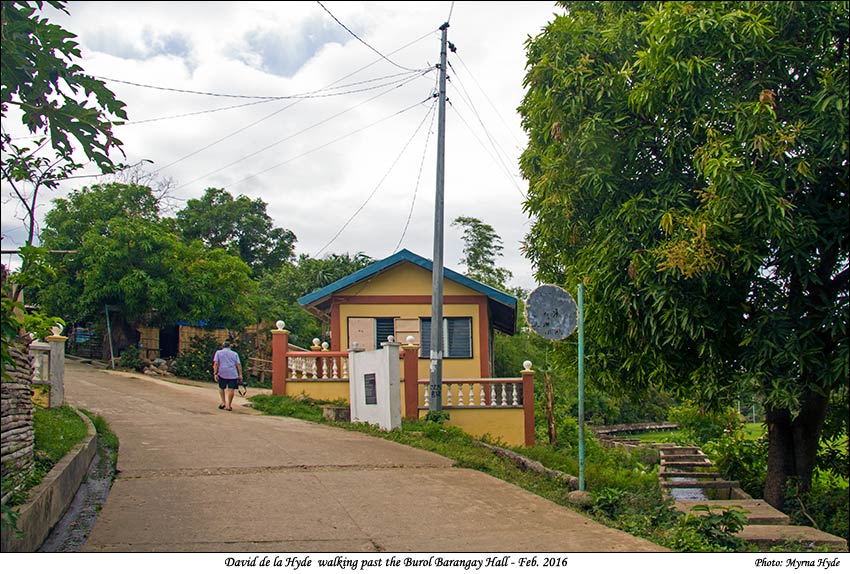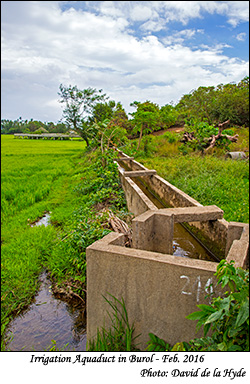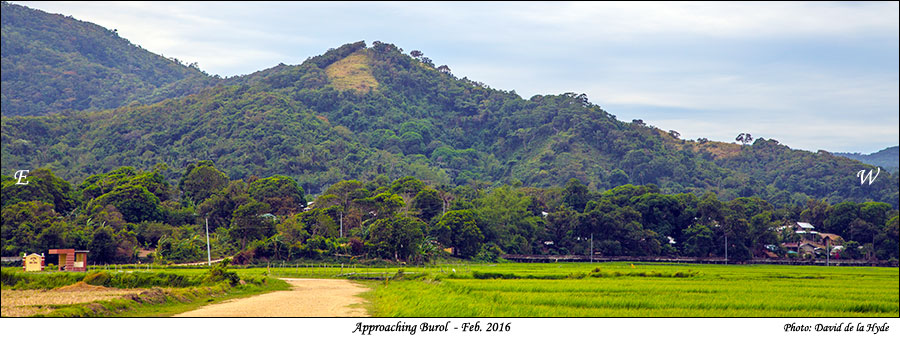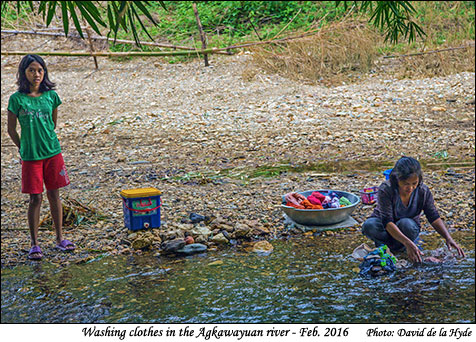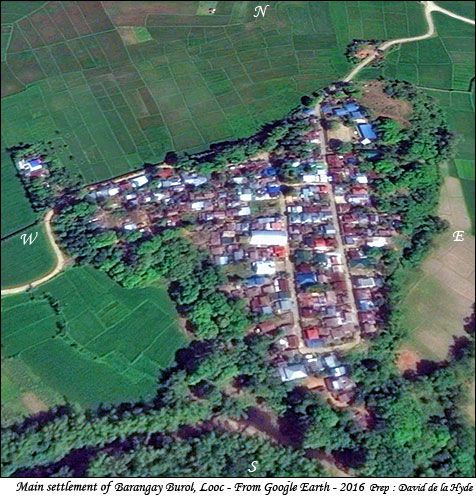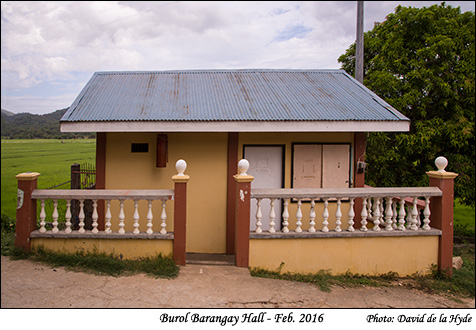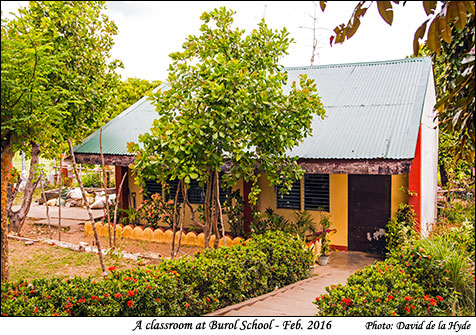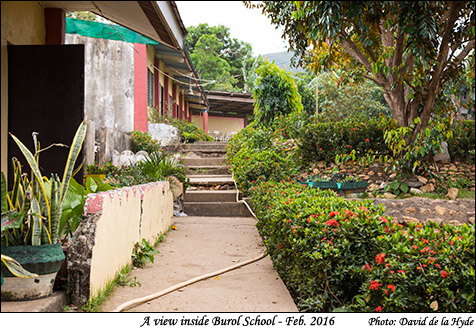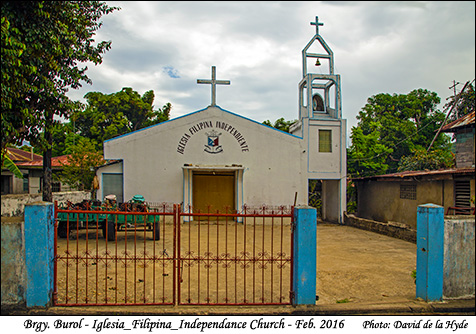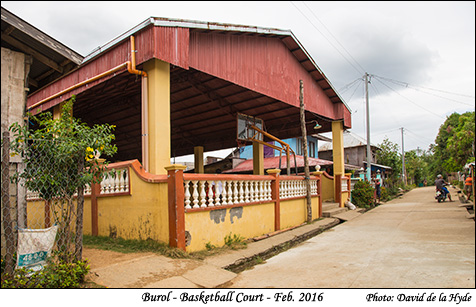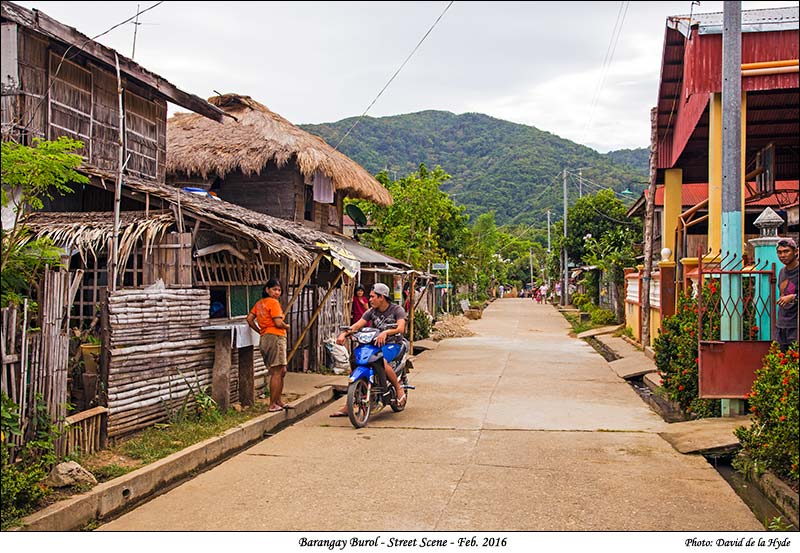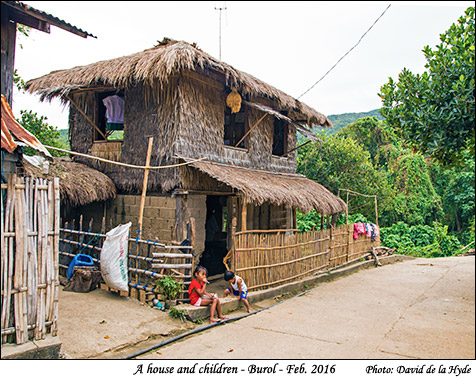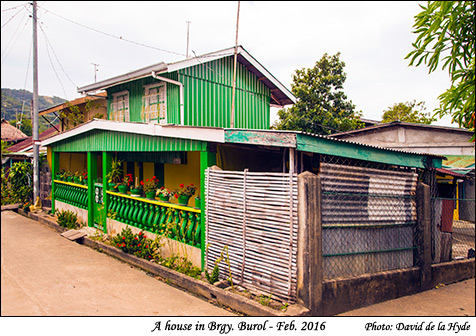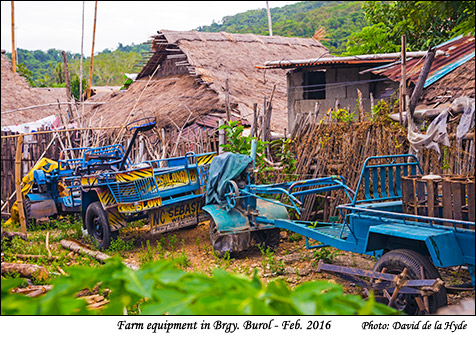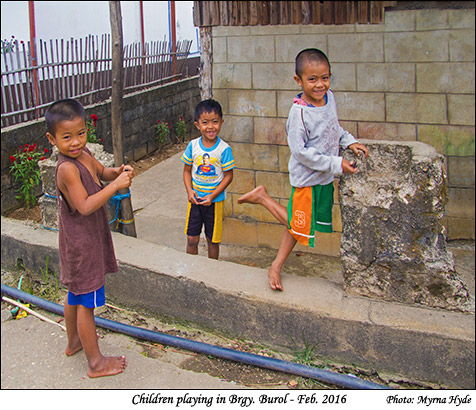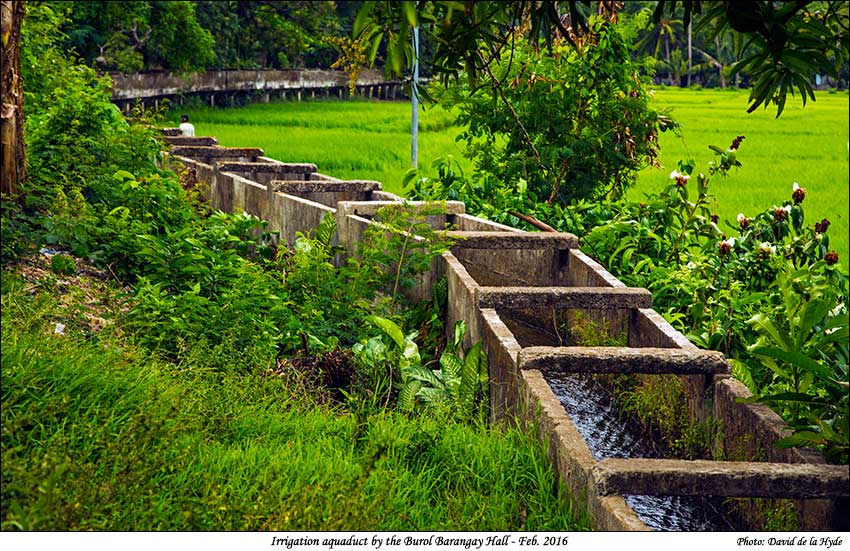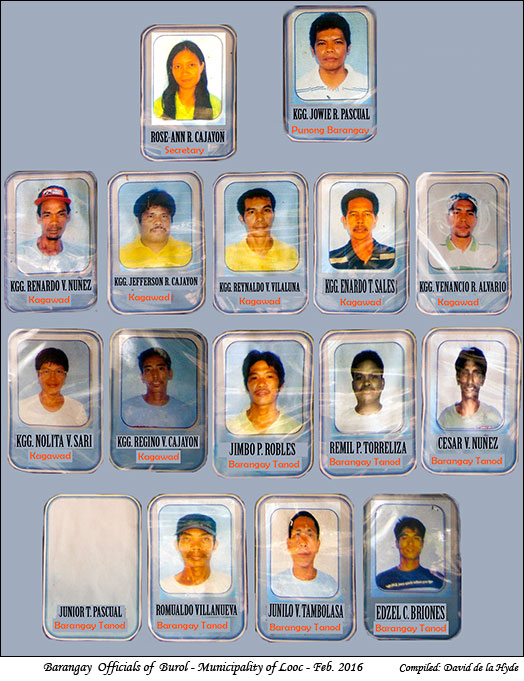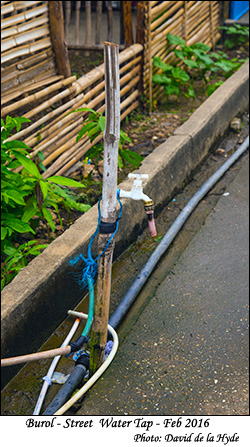
In 1972, Fr. Karl Barbian, an SVD missionary who was assigned in Looc, built a water system for clean drinking water in Burol.
With the help of his friends and benefactors from Germany and the provincial government of Occidental Mindoro, pipes were installed at the houses of the families in the community.
The source of water was the spring at the upper portion of the hills of Burol.
... In 1979, through Lubang Electric Cooperative (LUBELCO), electricity reached many houses in Burol. The said service and the construction of an irrigation system, by National Irrigation Administration (NIA) for the agricultural land in Burol helped in the gradual elevation of the economic condition of the people in this barangay.
Through the cooperative labor of the people of Agkawayan and Burol, a hanging bridge was built over the river between the two barrios. During that time, since no road existed, carabaos and horses were used as means of transportation.
It was only in 1962 when the national road connecting Tilik, Lubang and the center of the municipality of Looc was constructed. At the same time, a concrete bridge which replaced the hanging bridge, was built over the river between Burol and Agkawayan.
Subsequently, a feeder road from Burol to the national road was also constructed, making it easier for the farmers to transport their products.
Reference: HISTORY OF LOOC by Rudy Candelario - translated into English by Benjamin Walata. (http://occidentalmindorohistory.googlepages.com/historylooc)
